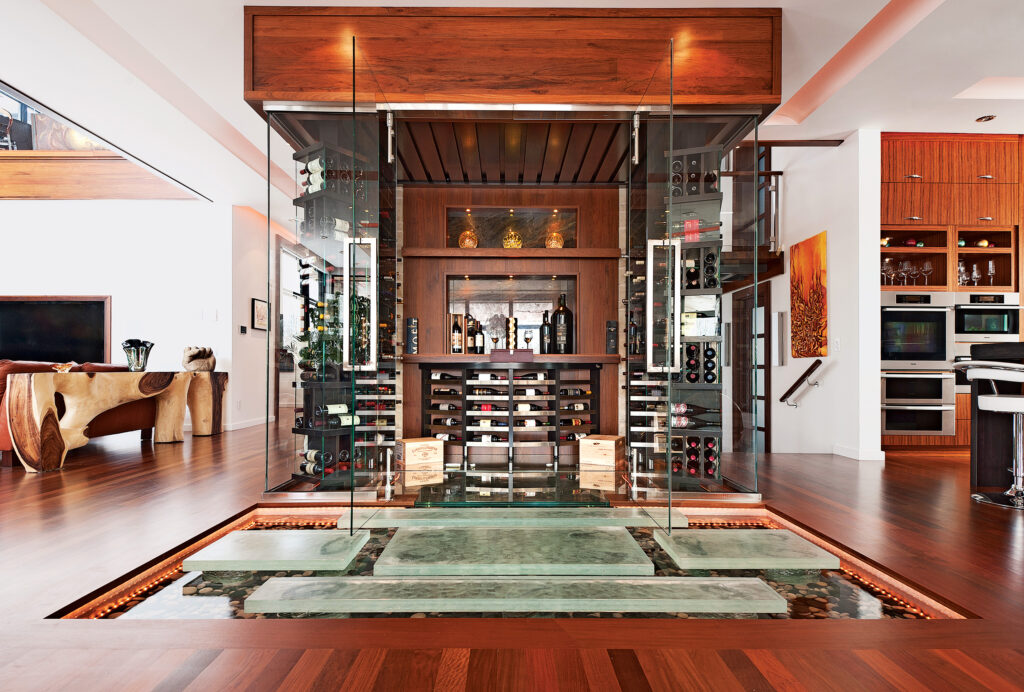The wine cellar of your dreams
Building a private cellar lets you store great wines at the right price
Advertisement
Building a private cellar lets you store great wines at the right price

Share this article Share on Facebook Share on Twitter Share on Linkedin Share on Reddit Share on Email